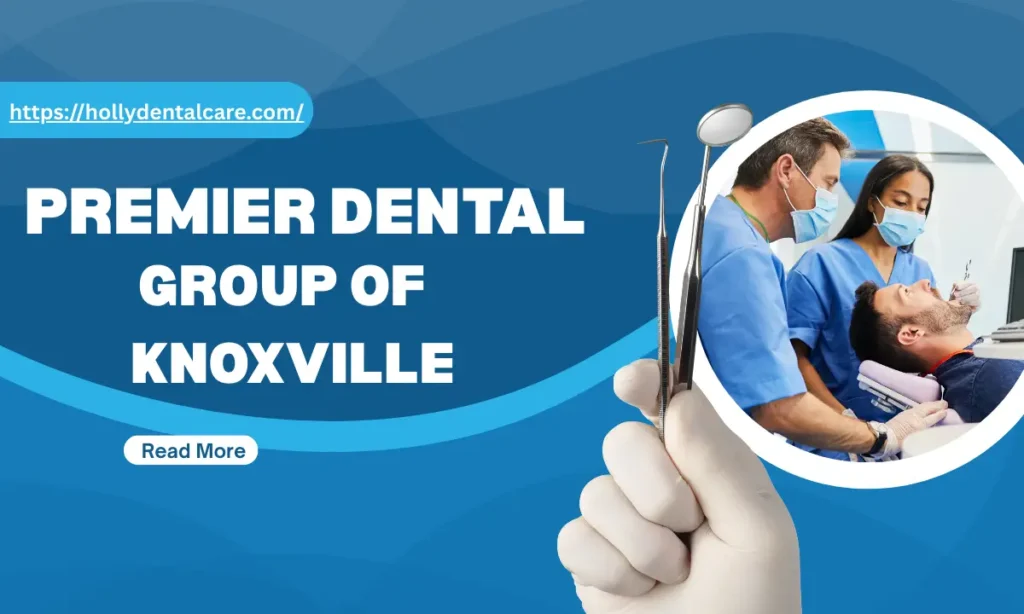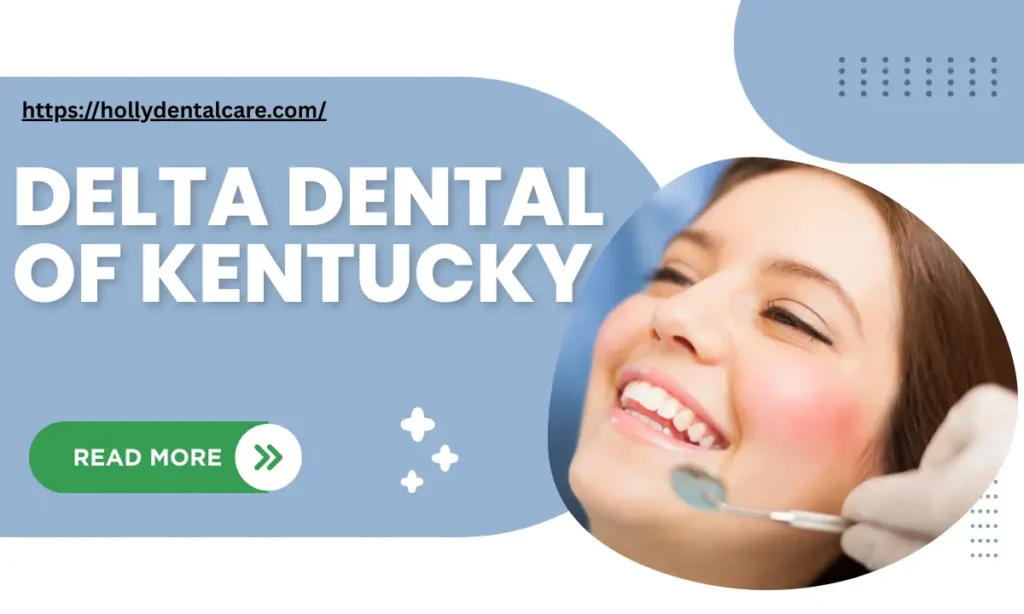Running a dental practice isn’t just about delivering exceptional oral care, as it also requires ensuring the business side runs smoothly. Even the most reputable dental clinics can experience flat or declining revenue if certain operational, administrative, or strategic gaps go unaddressed.
If you’ve noticed your dental practice revenue plateauing, the cause may not be your clinical skills but rather inefficiencies, missed opportunities, or outdated processes. Let’s explore the most common reasons revenue stalls and how you can turn things around.
1. Inefficient Billing and Coding Practices
One of the most significant revenue drainers for dental practices is inaccurate or delayed billing. Coding errors, missed claims, or improper claim submissions can result in delayed payments or outright denials from insurance providers. Even small mistakes can snowball into substantial revenue loss over time.
How to Fix It:
- Audit your billing process regularly to identify recurring errors.
- Train staff in accurate CDT and ICD-10 coding.
- Consider outsourcing to a professional dental billing services provider who can handle claims submission, follow-ups, and appeals to ensure maximum reimbursement.
2. Overlooking Insurance Verification
Treating patients without verifying their insurance eligibility can result in unpaid claims or unexpected out-of-pocket expenses for patients, often leading to disputes and unpaid balances.
How to Fix It:
- Implement a pre-appointment insurance verification process.
- Update patient insurance information at every visit.
- Use automated verification tools to reduce human error and save time.
3. High Appointment Cancellations and No-Shows
Cancellations and no-shows are a silent revenue killer. Empty slots not only waste time but also reduce the number of billable services you can perform each day.
How to Fix It:
- Set up an automated reminder system via text, email, or phone.
- Enforce a cancellation policy that requires notice within 24–48 hours.
- Offer same-day appointments to fill last-minute openings.
4. Underutilization of Services
Many dental practices focus on routine check-ups and basic treatments while neglecting high-value procedures such as cosmetic dentistry, orthodontics, or implant services. This limits revenue potential.
How to Fix It:
- Educate patients on advanced treatment options.
- Offer flexible payment plans to make premium services more accessible.
- Regularly review your service mix and identify high-margin procedures that align with patient needs.
5. Not Leveraging Professional Help
Trying to handle every operational aspect in-house can overwhelm your staff and lead to costly mistakes. Specialized tasks such as billing, marketing, and compliance often require expert assistance.
How to Fix It:
- Partner with dental billing companies to improve revenue cycle management.
- Outsource marketing to professionals familiar with dental industry trends.
- Invest in staff training to improve both clinical and administrative efficiency.
6. Weak Patient Retention Strategies
Acquiring new patients is important, but retaining existing ones is far more cost-effective. If your practice is seeing a decline in repeat visits, your revenue will suffer.
How to Fix It:
- Maintain consistent follow-up schedules for check-ups and hygiene visits.
- Implement a loyalty or referral program.
- Enhance the overall patient experience to encourage repeat visits.
7. Outdated Technology and Systems
Relying on outdated software or manual systems for scheduling, billing, and patient management can slow operations, create errors, and frustrate staff and patients.
How to Fix It:
- Upgrade to cloud-based practice management software.
- Integrate systems for scheduling, billing, and patient communication.
- Use analytics to track performance and identify revenue trends.
8. Poor Financial Tracking and Reporting
If you aren’t regularly reviewing your practice’s financial performance, you may be missing clear warning signs. Many dental owners don’t realize how much revenue is slipping through the cracks due to unpaid claims, uncollected patient balances, or underbilling.
How to Fix It:
- Review financial reports weekly, not just monthly or quarterly.
- Track KPIs such as collection rate, production per patient, and claim acceptance rate.
- Work with accountants familiar with dental practice finances.
9. Ineffective Marketing Strategies
Even with the best service, patients won’t come if they don’t know about you. Relying solely on word-of-mouth may not be enough in today’s competitive dental market.
How to Fix It:
- Maintain an active online presence through your website and social media.
- Use local SEO to appear in nearby patient searches.
- Encourage satisfied patients to leave positive online reviews.
The Bottom Line
Revenue stagnation in dental practices often has less to do with patient volume and more to do with operational bottlenecks, administrative inefficiencies, and missed opportunities. By addressing these problem areas, from billing accuracy to patient retention and service diversification, you can unlock your practice’s full earning potential.
So, partnering with the right experts, such as a trusted dental billing services provider or an experienced marketing agency, can make a measurable difference. When your billing is accurate, your scheduling is optimized, and your patients are engaged, you set your practice on a path toward steady growth and financial stability.



